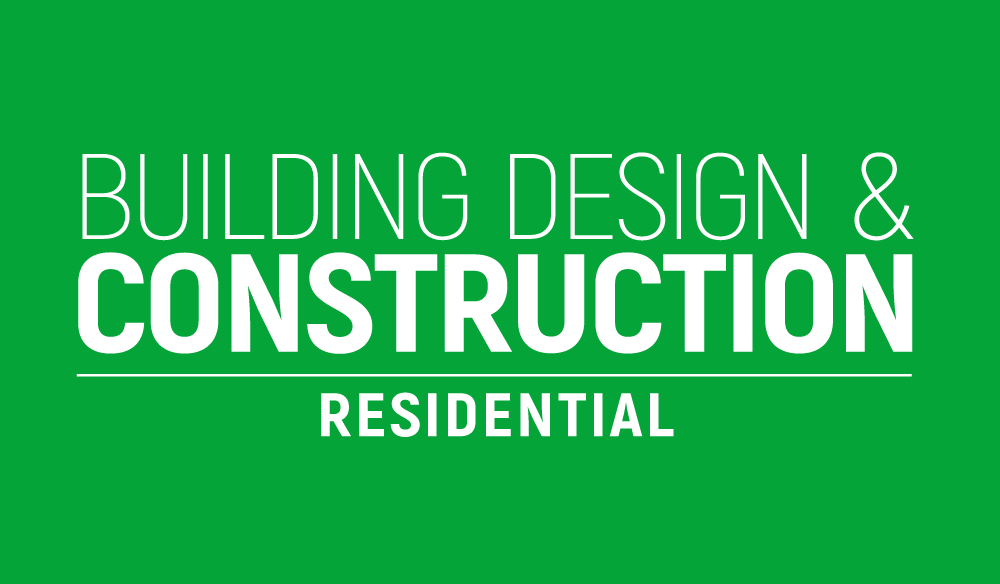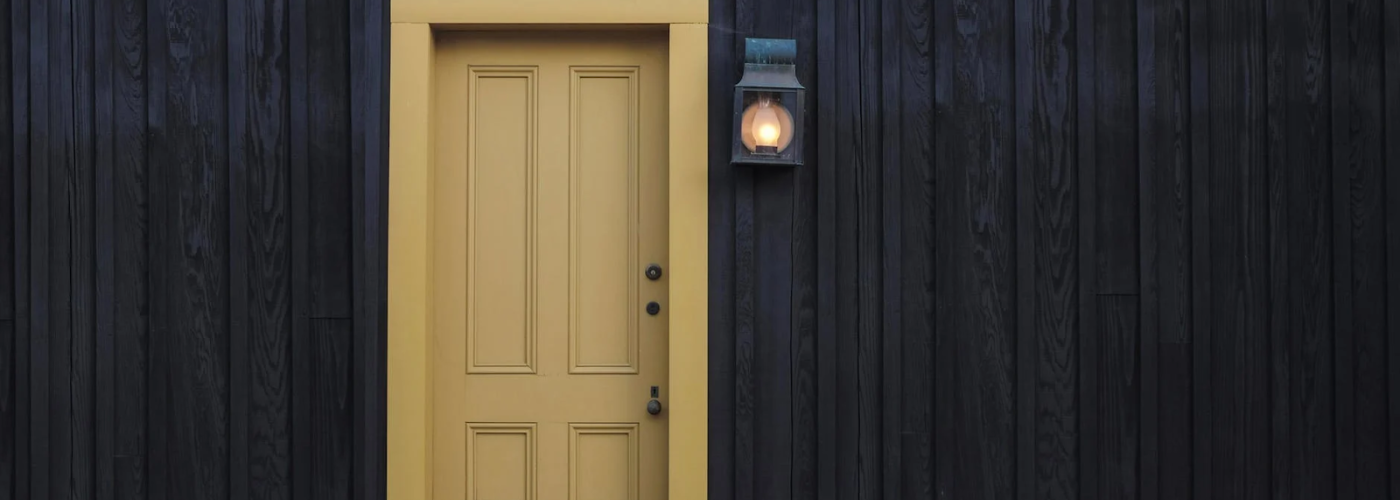There has never been such a big focus on the environment and sustainability as there is now. Each business wants to do their bit to avoid adding to the carbon footprint and constantly find new ways to innovate. At present, the building and construction industry is one of the largest contributors to this, and operational costs can have a huge impact on emissions. This is why it is more important than ever to think about all elements of a build and how things can be improved. With new homes, there are constantly new developments in their sustainability, from new ways to heat houses, to the materials themselves that the house is made from.
Wanting to improve the sustainability and eco-footprint of the home has particularly been true since December of 2006 when the government committed that after the year 2016, all new homes would be “Zero Carbon”. The official definition behind this means a home that adheres to the following: Where CO2 emissions from regulated energy use were limited by achieving the maximum Fabric Energy Efficiency Standards based on heating and cooling, using low and zero-carbon technologies and mitigating any remaining CO2 commissions from the site through allowable off-site solutions.
We decided to look at some of the ways that you can look to build more eco-friendly homes when we come in 2021 so you can have as positive an impact as possible on the environment over the twelve months that follow. Be sure that with any job you do, you look into protecting both yourselves and the job at hand with the correct insurance. Companies such as Key Man insurance UK specialists are available to assist with any queries or help you might need.
1) A waste-reducing water system
While we all know that wasting water is damaging for the environment and our water bills, we don’t all realise quite what an impact it might have. By simply recycling wastewater, you can quickly reduce water consumption and make a property much more efficient. There are many systems out there which would be good to add to a house, from a system that completely repurposes water that has been used to be used again for washing clothes or toilet flushing, to systems such as smart attenuation systems. These work to collect rainfall for use in the future and can be used for a myriad of purposes in and around the house.
2) An eco-friendly heating system
An eco-friendly heating system is another way to reduce the carbon footprint of a home. Try installing smart heating which means it can be controlled from anywhere – no more having to leave your heating on all day, or timing it for when you get back only to be delayed by a few hours having had it on needlessly. High-heat retention storage heaters are another option that is better for the environment. They are very well insulated and come with individual room controls meaning the homeowner doesn’t need to heat the whole house un unnecessarily. Heat batteries are also an option, yet these are relatively new to the scene and still need some more research. They store heat produced by a heat pump, solar thermal panel, solar PV panel or electricity for later use. This can then be used to provide hot water for showers, baths and radiators. Infrared and solar-powered heating are two more options that are getting more interest within the market.
3) Using Eco-Friendly Building Materials
When building a new home, there is a myriad of different materials to use out there. In order to make it more sustainable and better for the environment, there are plenty of eco-friendly materials you can turn to. This is arguably the most important factor when building a new home and leads into the “fabric first” approach which has been gaining traction within the industry. The fabric first approach involves maximising the performance of materials and components o a building, then considering any of the other main aspects such as the electrics or mechanical elements. Some of the ways to improve the sustainability of a home include maximising the air-tightness of the house, using high insulation to keep the heat in, optimising solar gain and natural ventilation and using energy from other devices in the house such as cookers and electric appliances.
With climate change an ever-present issue, it is vital that we all do our bit to help save the planet. These are just a few ways to build more eco-friendly homes in the new year that will make a difference to the future.





